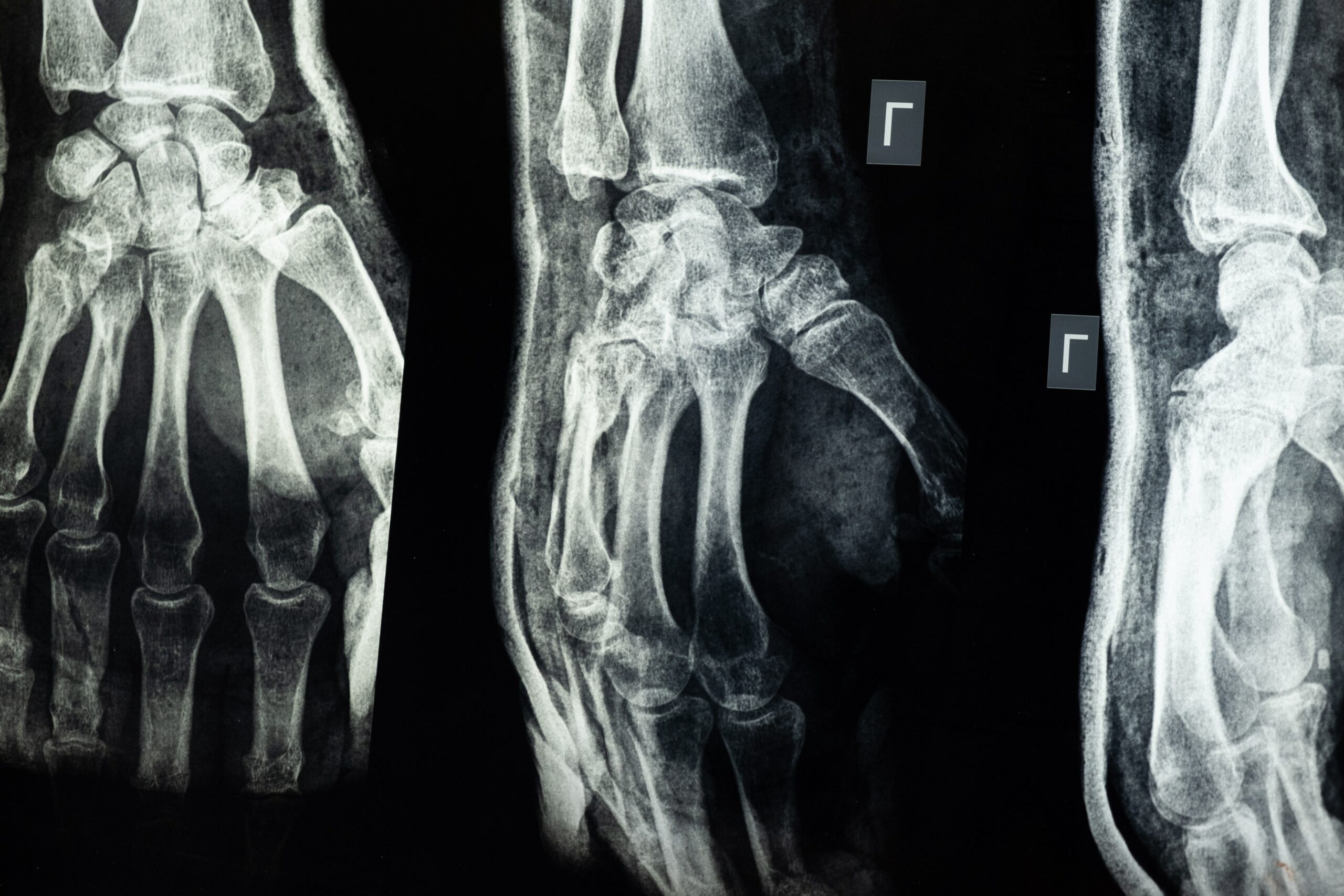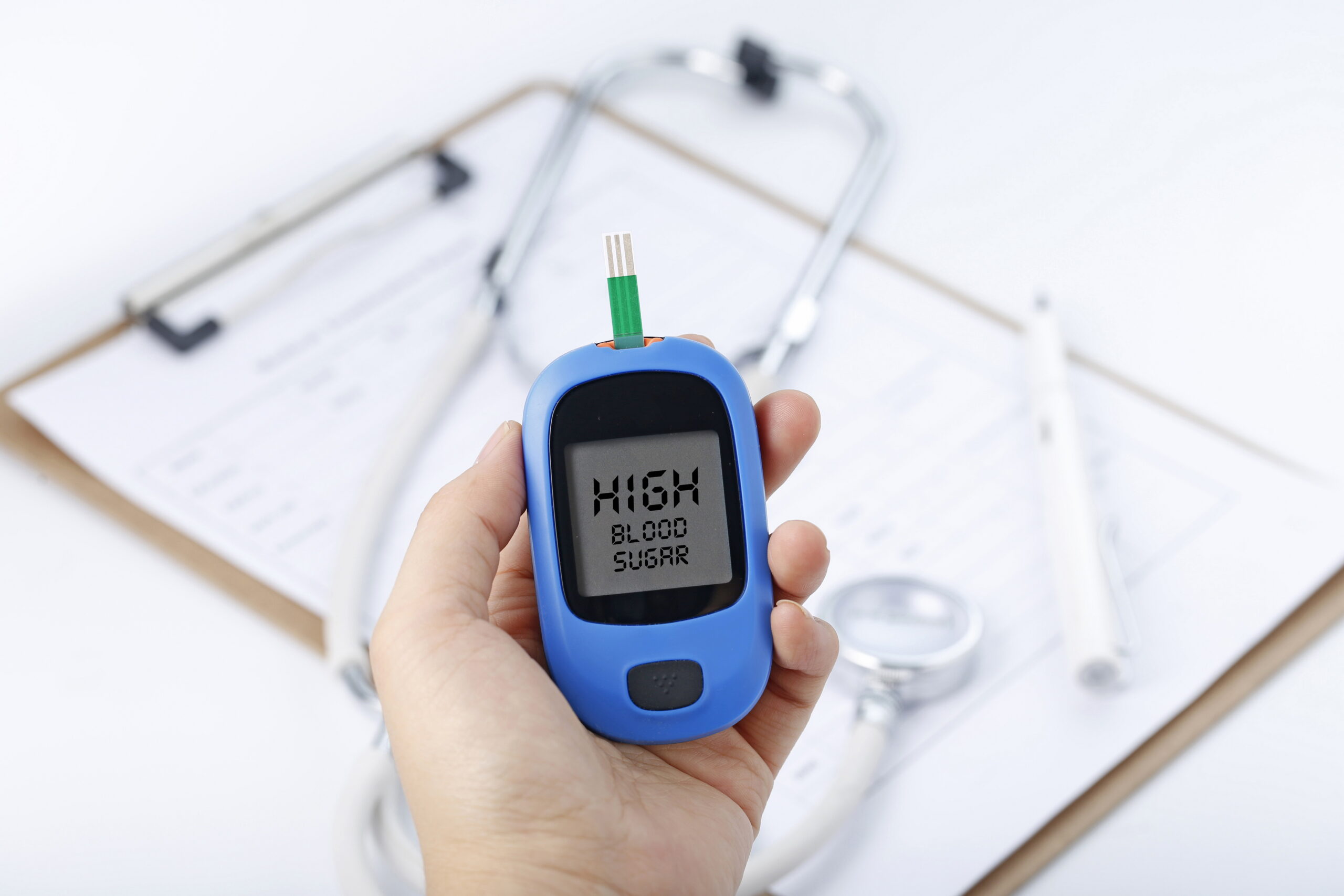In Australia, CPR certification must be provided by a registered training organisation (RTO) accredited by the Australian Skills Quality Authority (ASQA), like First Aid Pro.
While many online courses offer CPR certification, it’s important to ensure that the course provider is accredited by an approved regulatory body in Australia.
If an accredited RTO offers the online CPR certification course and meets the standards set by ASQA or an equivalent regulatory body, it should be valid in Australia. However, checking with your employer or regulatory body is always recommended to confirm that the certification meets their specific requirements.
First Aid Pro is an RTO with national recognition and registration (RTO No. 40407). First Aid Pro offers first-aid training that complies with the ASQA‘s guidelines for Training and Assessment in Australia, and is based on the Australian Resuscitation Council guidelines (ARC).
After successful completion of the online hltaid009 cardiopulmonary resuscitation first aid CPR course and a practical demonstration of your CPR skills, you will receive a Nationally Recognised Statement of Attainment Cardiopulmonary Resuscitation certificate.
Face-to-face training is generally better than online CPR first aid training as it provides hands-on practice and real-time feedback from a qualified instructor. Face-to-face training allows learners to practice skills on manikins, receive feedback on their technique, and ask real-time questions.
In contrast, online CPR training may not provide the same level of hands-on practice or personalised feedback. While online training may offer the flexibility of self-paced learning, it may not provide the same level of engagement or interaction as face-to-face training.
That being said, online first aid courses can still be a valuable option for those unable to attend face-to-face training due to scheduling or logistical constraints. Online training can provide a convenient way to learn the theory and basic steps of CPR, and some courses may offer virtual simulations or interactive quizzes to help reinforce learning.
ARC Guidelines
The ARC guidelines offer evidence-based guidance on resuscitation techniques, including CPR, defibrillation, and first aid. These recommendations are grounded in scientific research and clinical evidence and are frequently evaluated and revised to stay up-to-date with the most recent advancements in resuscitation science.
What Is Cardiopulmonary Resuscitation?
Cardiopulmonary resuscitation (CPR), or emergency resuscitation, is a procedure used to revive a person’s breathing and heartbeat after they have ceased. It typically involves forceful and rapid compressions on the chest to keep the blood flowing throughout the body. It sometimes includes blowing air into the person’s mouth to assist with breathing and deliver oxygen to the lungs. CPR could essentially be the difference between life and death. To learn more about why you should learn CPR click here.

CPR Certification Online
Learning CPR used to require in-person training, but now you can complete the CPR course entirely online from the comfort of your own home or office using video conferencing software like Zoom and an online learning system.
When you register for a course with First Aid Pro, you will receive a comprehensive training resource pack with all the necessary information and equipment delivered to you and a reply-paid post to return after completion. The online CPR course includes theoretical and practical skills assessments, with a 1-hour Skills Practice & Assessment Workshop followed by a short practical assessment via Zoom.
You can complete the theoretical material quickly before joining a 2-hour face-to-face session with a trainer. You will need a computer or tablet with reliable internet, a camera, and a microphone for the course.
The course is interactive; you can interact with the trainer and other participants during the CPR practical skills session. You will receive a nationally recognised statement of attainment CPR certificate online upon successful completion.
HLTAID009 Provide Cardiopulmonary Resuscitation
The cardiopulmonary resuscitation course code in Australia is HLTAID009.
CPR Training
Cardiopulmonary Resuscitation Training is important because it can save lives. CPR is a critical technique to restore the heartbeat and breathing of a person who has gone into cardiac arrest or stopped breathing.
By performing CPR, bystanders and trained responders can help maintain blood flow to vital organs until emergency medical services arrive, improving the chances of survival and reducing the risk of brain damage or other complications.
How Long Does A CPR Course Take Online?
The ONLINE CPR course, HLTAID009 Provide cardiopulmonary resuscitation includes a 1-hour live ZOOM assessment and online training and theory assessment. The duration of the training can differ based on the delivery mode you choose.
The time required to finish an online course may vary depending on the learner’s previous knowledge and abilities.
What Are The CPR Rules In Australia?
Cardiopulmonary resuscitation (CPR) guidelines in Australia are established by the Australian Resuscitation Council (ARC), responsible for developing and publishing evidence-based CPR guidelines.
The following are some general guidelines for performing Cardiopulmonary Resuscitation in Australia:
- Check for danger: Before approaching someone unconscious or not breathing, ensure that the scene is safe for you to approach.
- Check for responsiveness: Gently tap the person’s shoulder and ask if they are okay. If there is no response, call for help.
- Call for help: Call for emergency services and activate the local emergency response system.
- Open the airway: Tilt the person’s head back gently and lift their chin to open their airway.
- Check for breathing: Look, listen, and feel for signs of breathing. If the person is not breathing normally, start CPR.
- Start chest compressions: Place the heel of one hand on the centre of the person’s chest, place your other hand on top of the first hand, and interlock your fingers. Press firmly and quickly on the chest at 100-120 compressions per minute.
- Give rescue breaths: After 30 compressions, open the airway again and give two rescue breaths.
- Continue Cardiopulmonary Resuscitation (CPR): Alternate between chest compressions and rescue breaths until help arrives or the person starts breathing independently.
Remember that these guidelines are general and may vary depending on the situation. The person’s age and any underlying medical conditions are essential. It’s always best to receive training from a qualified CPR instructor to ensure you can perform CPR effectively in an emergency.

Is CPR Included In First Aid?
CPR (cardiopulmonary resuscitation) is a critical first aid component. It is a life-saving technique used to restore the heartbeat and breathing of a person who has gone into cardiac arrest or stopped breathing.
First aid training typically covers the basic steps for performing CPR, including chest compressions and rescue breaths, and how to use an AED (automated external defibrillator) if available. In addition to CPR, first aid training may cover a range of other emergency situations, including handling bleeding, burns, choking, allergic reactions, and other medical emergencies, so many people aim to get their first aid certificate, including their CPR certificate.
Is It Illegal To Perform CPR Without Certification In Australia?
No, it is not illegal to perform CPR without certification in Australia. However, receiving training and certification in Cardiopulmonary Resuscitation is strongly recommended to ensure that you are equipped to perform CPR effectively in an emergency.
While there is no legal requirement for bystanders to have certification before performing CPR, some workplaces and organisations may require employees to be trained in CPR. Additionally, individuals who provide CPR as part of their job, such as healthcare professionals, are typically required to be certified in CPR by successfully completing a CPR course and maintaining their certification through regular training and assessment.
First Aid Courses
Various types of first aid courses are available that cover various medical emergencies and scenarios. CPR (cardiopulmonary resuscitation) training is a popular course that teaches learners how to perform life-saving techniques such as chest compressions and rescue breaths. Basic first aid courses cover bleeding, fractures, and allergic reactions, while more advanced courses cover triage and extended care in remote locations. Specialised first aid courses include asthma management, anaphylaxis response, and mental health first aid. First aid courses are important as they provide individuals with the knowledge and skills needed to respond effectively to medical emergencies, potentially saving lives and reducing the risk of complications.
First Aid Pro offers many courses to ensure you feel confident in your first aid knowledge. CPR (cardiopulmonary resuscitation) training teaches learners how to respond to cardiac emergencies and perform life-saving techniques such as chest compressions and rescue breaths. They also offer first aid courses that cover a range of medical emergencies, including allergic reactions, burns, fractures, and bleeding.
In addition to these basic courses, First Aid Pro offers more advanced courses, such as the Provide Advanced First Aid course, which covers triage, managing complex emergencies, and providing extended care in remote locations. They also offer specialised courses in asthma management, anaphylaxis response, and mental health first aid.
First Aid Pro provides a comprehensive range of courses designed to equip learners with the knowledge and skills to respond effectively to various medical emergencies. Experienced trainers deliver their courses and are regularly updated to reflect the latest guidelines and best practices in first aid and emergency response.






